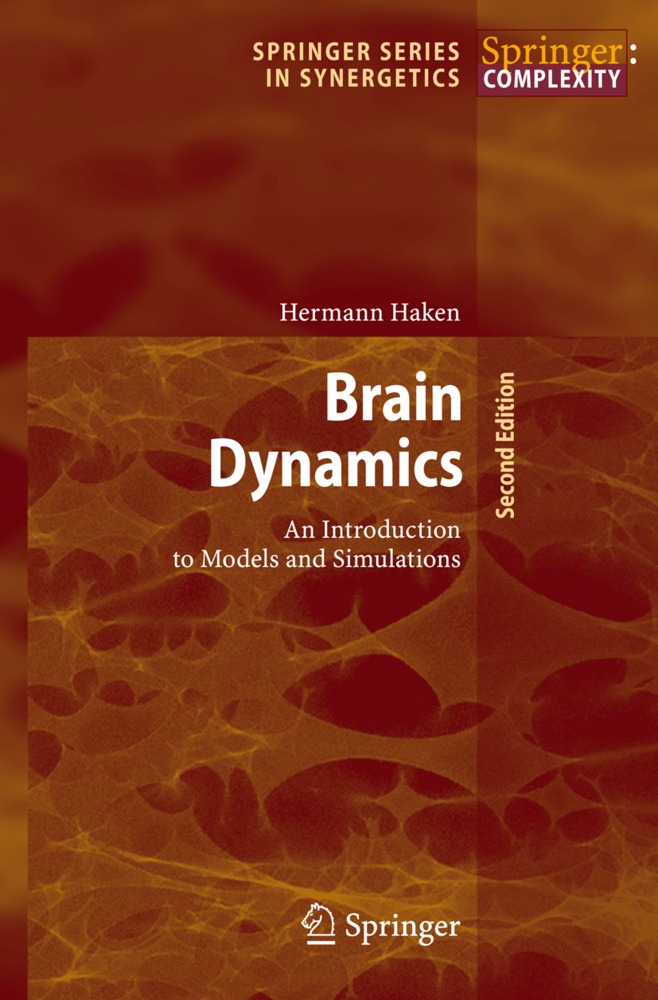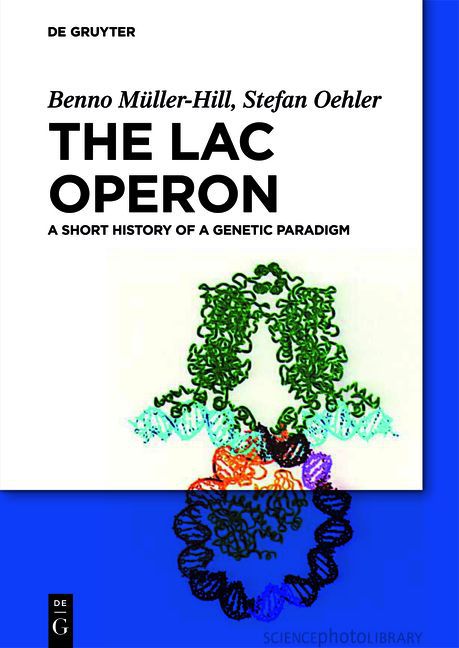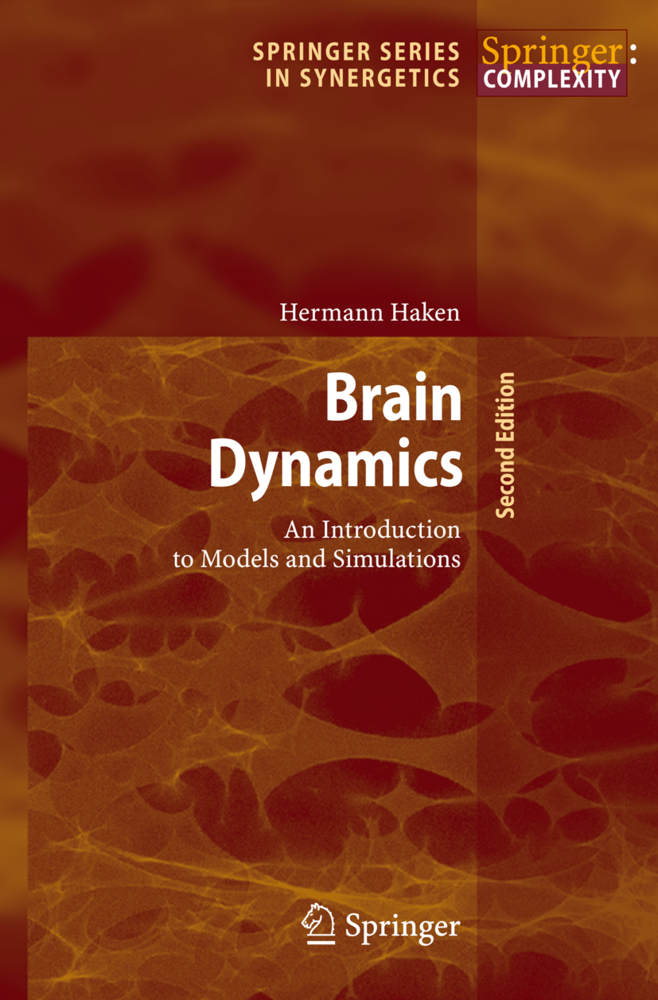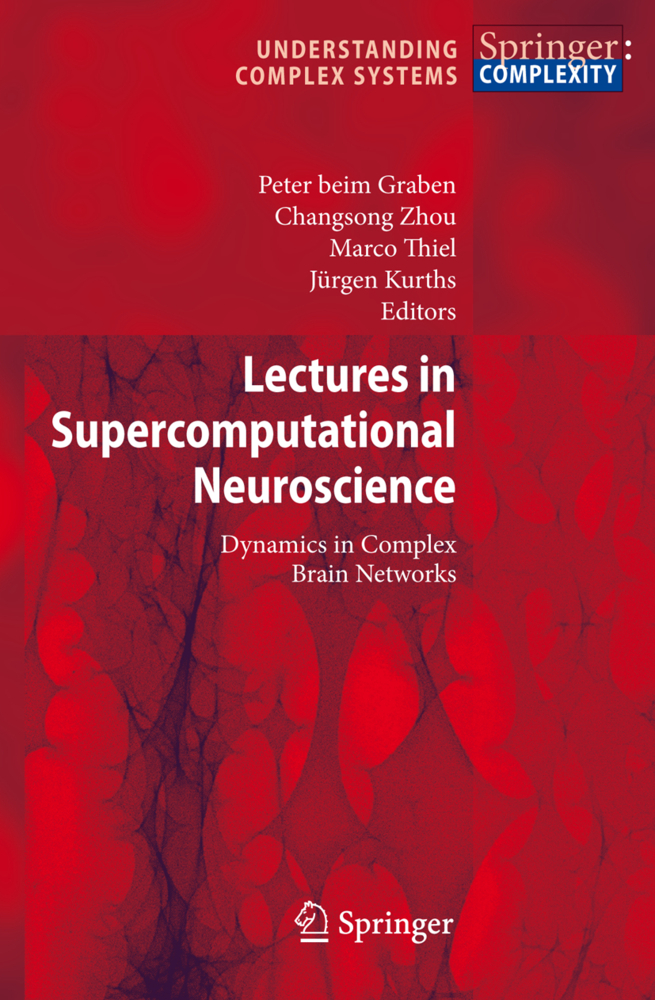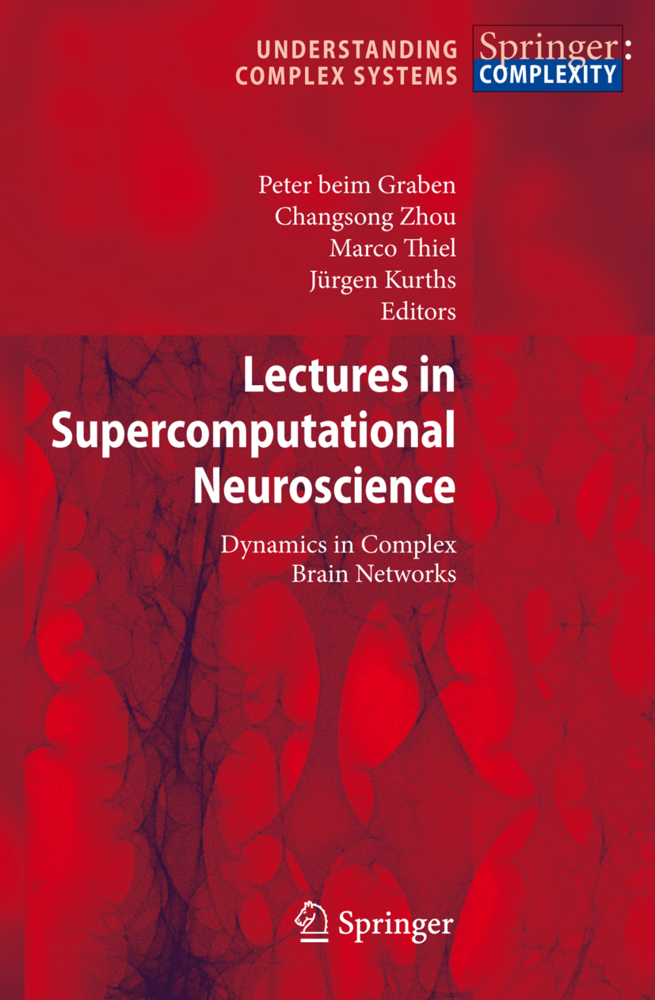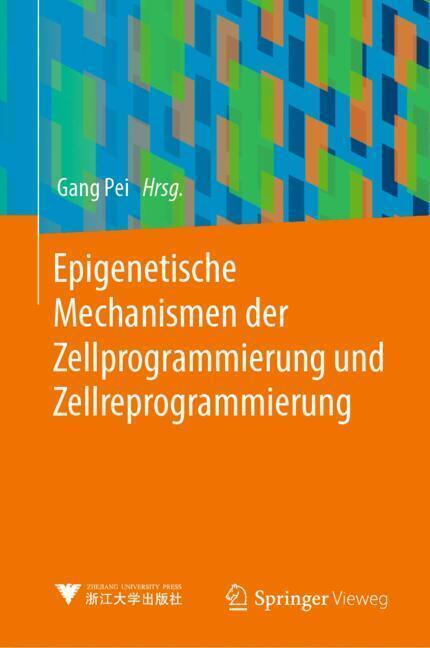Brain Dynamics
Brain Dynamics serves to introduce graduate students and nonspecialists from various backgrounds to the field of mathematical and computational neurosciences. Some of the advanced chapters will also be of interest to the specialists. The book approaches the subject through pulse-coupled neural networks, with at their core the lighthouse and integrate-and-fire models, which allow for the highly flexible modelling of realistic synaptic activity, synchronization and spatio-temporal pattern formation. Topics also include pulse-averaged equations and their application to movement coordination. The book closes with a short analysis of models versus the real neurophysiological system.
The second edition has been thoroughly updated and augmented by two extensive chapters that discuss the interplay between pattern recognition and synchronization. Further, to enhance the usefulness as textbook and for self-study, the detailed solutions for all 34 exercises throughout the text have been added.
Basic Experimental Facts and Theoretical Tools
The Neuron - Building Block of the BrainNeuronal Cooperativity
Spikes, Phases, Noise: How to Describe Them Mathematically? We Learn a Few Tricks and Some Important Concepts
Spiking in Neural Nets
The Lighthouse Model. Two Coupled Neurons
The Lighthouse Model. Many Coupled Neurons
Integrate and Fire Models (IFM)
Many Neurons, General Case, Connection with Integrate and Fire Model
Pattern Recognition Versus Synchronization: Pattern Recognition
Pattern Recognition Versus Synchronization: Synchronization and Phase Locking
Phase Locking, Coordination and Spatio-Temporal Patterns
Phase Locking via Sinusoidal Couplings
Pulse-Averaged Equations
Conclusion
The Single Neuron
Conclusion and Outlook
Solutions to Exercises.
Haken, Hermann
| ISBN | 978-3-540-75236-3 |
|---|---|
| Artikelnummer | 9783540752363 |
| Medientyp | Buch |
| Auflage | 2nd ed. |
| Copyrightjahr | 2008 |
| Verlag | Springer, Berlin |
| Umfang | XIV, 333 Seiten |
| Abbildungen | XIV, 333 p. 85 illus. |
| Sprache | Englisch |

